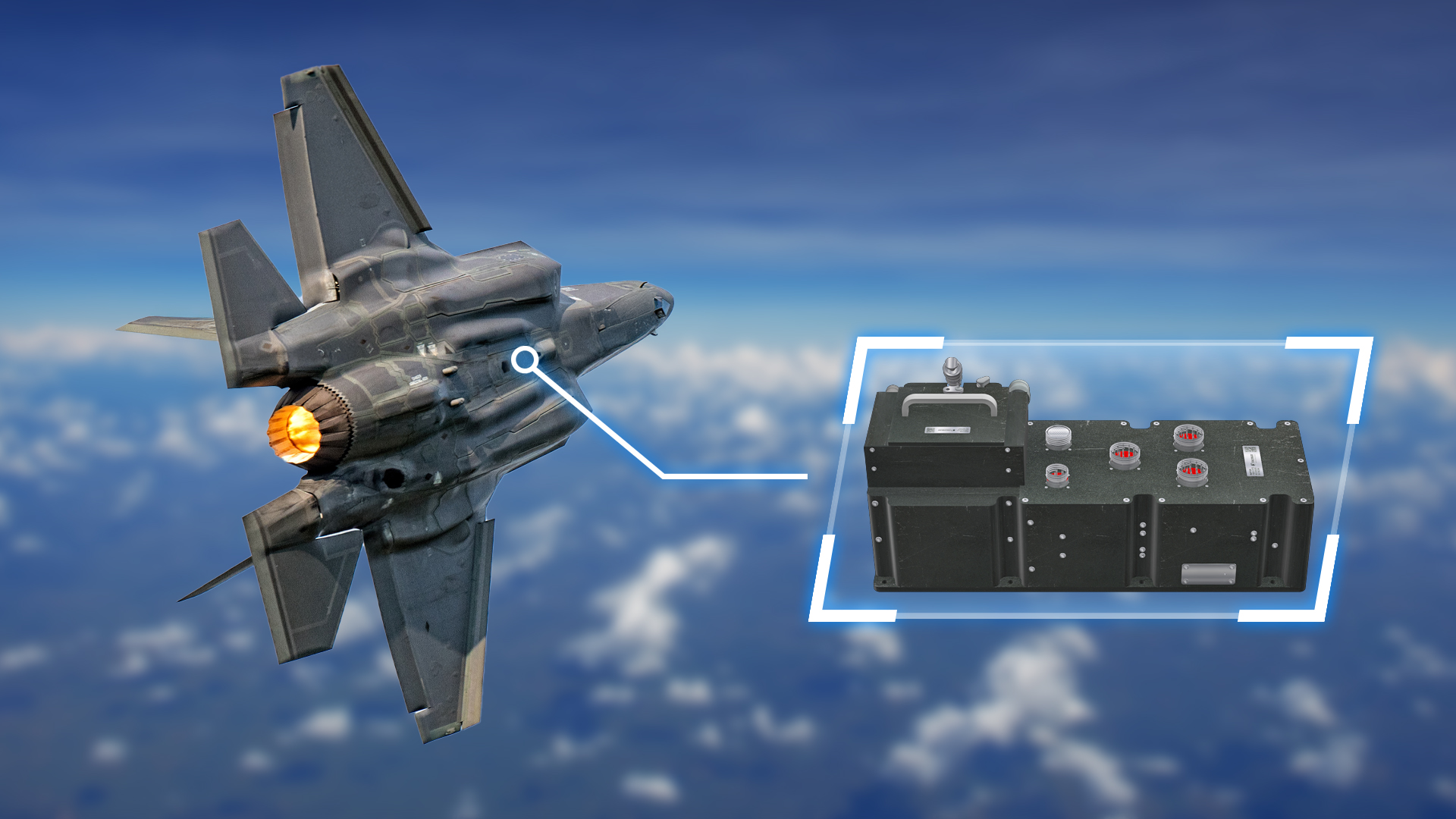Meeting Optical Data Needs Head-On for Today’s Military Aircraft
January 28, 2025
CALCULEX flight recorders are already rising to the challenge
The level of sensor data being collected by military aircraft has grown tremendously in recent years — especially in the optical realm. While this dramatically improves situational awareness, it also greatly taxes the flight recorders in a way never seen before.
Industry is racing to find answers to one critical need: how to source ruggedized, flightworthy recorders with the capability to transmit and store enormous amounts of data at extreme rates. These new platforms and systems are presenting unprecedented data generation and recording requirements, creating demand that most current offerings can’t meet.
It’s a problem CALCULEX has been addressing for over 30 years, and the company is rising to today’s challenge with solutions that have already achieved the DoD’s Initial Operating Capability (IOC). They are also ramping up to provide even greater capabilities as optical sensors grow more prevalent and will no doubt be standard equipment on all new military aircraft going forward.
Many newer flight recorders can provide a previously unheard-of data rate of 10 gigabit ethernet on one band. Now, industry is asking for a step change in transmission speed, with multiple 10 Gbps ethernet channels alongside ones with 25 Gbps capabilities.
To meet these requirements, we developed the Raptor — a state-of-the-art high-speed fiber optic data recorder supporting 2 Gbps, 10 Gbps, and 25 Gbps per channel. With 24 available channels, the Raptor represents a new standard that enables a distinct, yet synchronized, channel for each sensor — fully programmable by the user.
Small, rugged and cool, with memory up to 570 TB
To store vast amounts of data, this unit features an ultra-high density Removable Memory Module (RMM), that offers 132 TB capacity, expandable up to 570 TB. To meet the high-stress needs of the aircraft environment, the Raptor is completely ruggedized and fits into a remarkably small case weighing only 35 pounds. It also has robust thermal-management capabilities to keep the unit cool, with even greater advances planned for future models.
In today’s threat environment, aircraft equipped to handle optical, radar, IR and other inputs will rely on a fast optical ethernet backbone — a vast leap from yesterday’s 1553 standard. The Raptor’s ability to record up to four hours at these advanced speeds is a true first in the industry, as is the ability to stream data continuously without any buffering or the need to stop and save data.
As we further enhance the capabilities of these recorders, we’re also working on RMMs that can manage up to 730 TB of data without expansion. In an ISR scenario, for example, this would allow for monitoring multiple sensors in real-time while also recording all the radar transmissions trained on an aircraft. This defensive capability empowers a pilot to easily map out anything on the ground targeting the aircraft.
Impressive as that is, CALCULEX is already fielding requests for even higher speeds. The way that will be addressed is with four, 25 Gbps ethernet channels that can be combined into 100 Gbps. Critical here is the ability to time-align all these inputs so that, regardless of the media, up to 24 channels can be merged into one recording. These are precisely overlaid within sub-microsecond accuracy and continuously checked with one another to reveal any anomalies.
CALCULEX has have literally set the standards for flight recorders since the early 1990s. With the ever-increasing need for speed and storage housed in small, ruggedized units, we’re at the forefront once again in creating advanced solutions for military aircraft today — and tomorrow.


